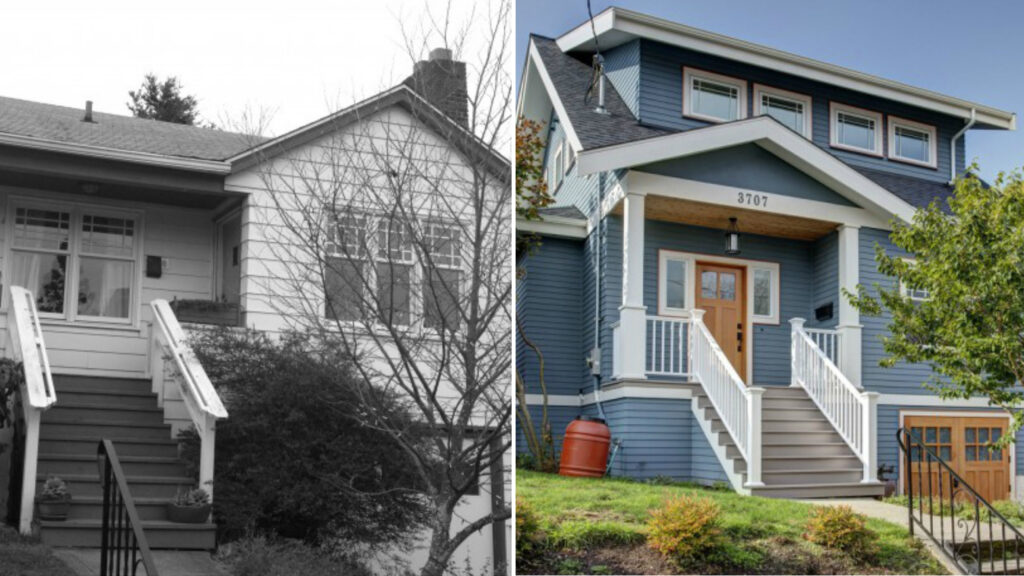
Adding a second story to a house is an ambitious project that can significantly enhance both the functionality and value of a property. Whether you’re looking to accommodate a growing family or simply expand your living space, embarking on such a venture requires meticulous planning and execution. In this guide, we’ll explore the key steps involved in adding a second story to your house, from initial planning to final touches.
Introduction
Adding a second story to a house entails the construction of an additional floor above the existing structure. This transformative undertaking offers a myriad of benefits, including increased living space, improved functionality, and enhanced property value. However, before delving into the intricacies of this endeavor, it’s essential to consider several factors to ensure a successful outcome.
Planning and Design
Assessing Structural Feasibility
Before embarking on the project, it’s crucial to assess the structural feasibility of adding a second story. This entails consulting with a qualified structural engineer to evaluate the existing foundation and framing of the house. By conducting a comprehensive structural analysis, potential issues such as load-bearing capacity and structural integrity can be identified and addressed proactively.
Designing the Second Story
The design phase is paramount in ensuring that the second story seamlessly integrates with the existing structure while maximizing space utilization and aesthetic appeal. Collaborating with an architect or designer, homeowners can conceptualize a layout that meets their specific needs and preferences. Attention should be given to architectural considerations, space optimization, and visual harmony to achieve a cohesive and visually pleasing result.
Obtaining Permits and Approvals
Navigating the regulatory landscape is a crucial aspect of adding a second story to a house. Researching local building codes and regulations is essential to ensure compliance with zoning restrictions, setback requirements, and safety standards. Obtaining the necessary permits involves meticulous documentation preparation, submission, and adherence to the review and approval process, which varies depending on the jurisdiction.
Construction Process
With permits secured and designs finalized, the construction process can commence. Preparing the site involves demolishing any existing structures and clearing the area for construction. Temporary support structures may be erected to ensure the stability of the existing house during the construction phase. Safety measures should be implemented to mitigate potential hazards and ensure a secure working environment.
Framing and structural work form the backbone of the second-story addition, involving the reinforcement of the existing structure and the erection of new walls and framing. Installing support beams and columns is critical to ensure structural integrity and load-bearing capacity. Once the structural framework is in place, exterior and interior finishing can commence, encompassing roofing installation, siding, cladding, and interior partitions and finishes.
Completion and Final Touches
As the construction phase nears completion, attention turns to inspections and quality assurance to verify compliance with building codes and regulations. Structural integrity inspections, along with assessments of electrical and plumbing systems, are conducted to ensure functionality and safety. Finalizing permits and approvals is essential before proceeding with the finishing touches.
Landscaping and exterior enhancements play a pivotal role in enhancing the overall aesthetic appeal of the property. Restoring outdoor spaces, enhancing curb appeal, and addressing drainage and landscaping needs are integral aspects of the finalization process. Similarly, interior furnishing and decoration are essential for creating a comfortable and inviting living space, encompassing considerations such as furniture placement, interior design, and personalization.
In conclusion, adding a second story to a house is a complex yet rewarding endeavor that requires careful planning, meticulous execution, and attention to detail. By following the steps outlined in this guide, homeowners can embark on this transformative journey with confidence, knowing that they are equipped with the knowledge and resources necessary to achieve their desired outcome.




